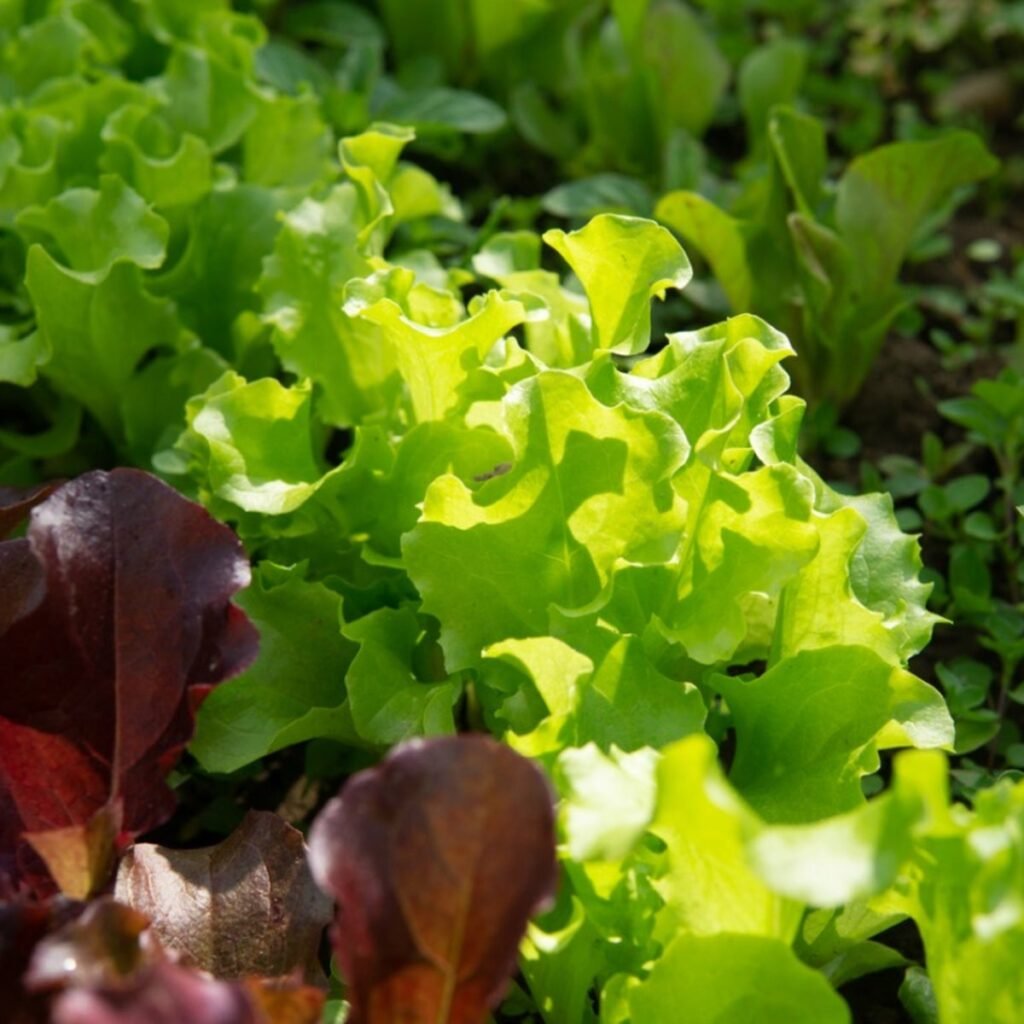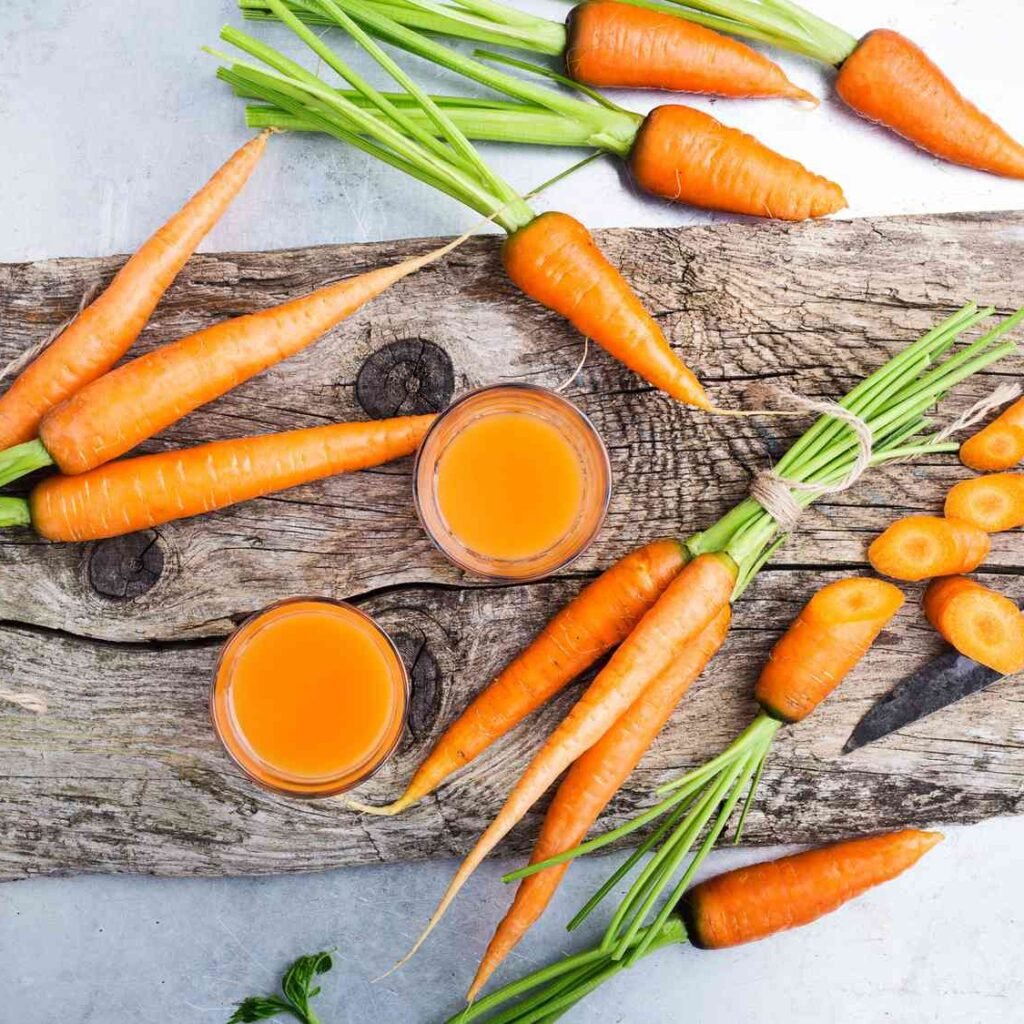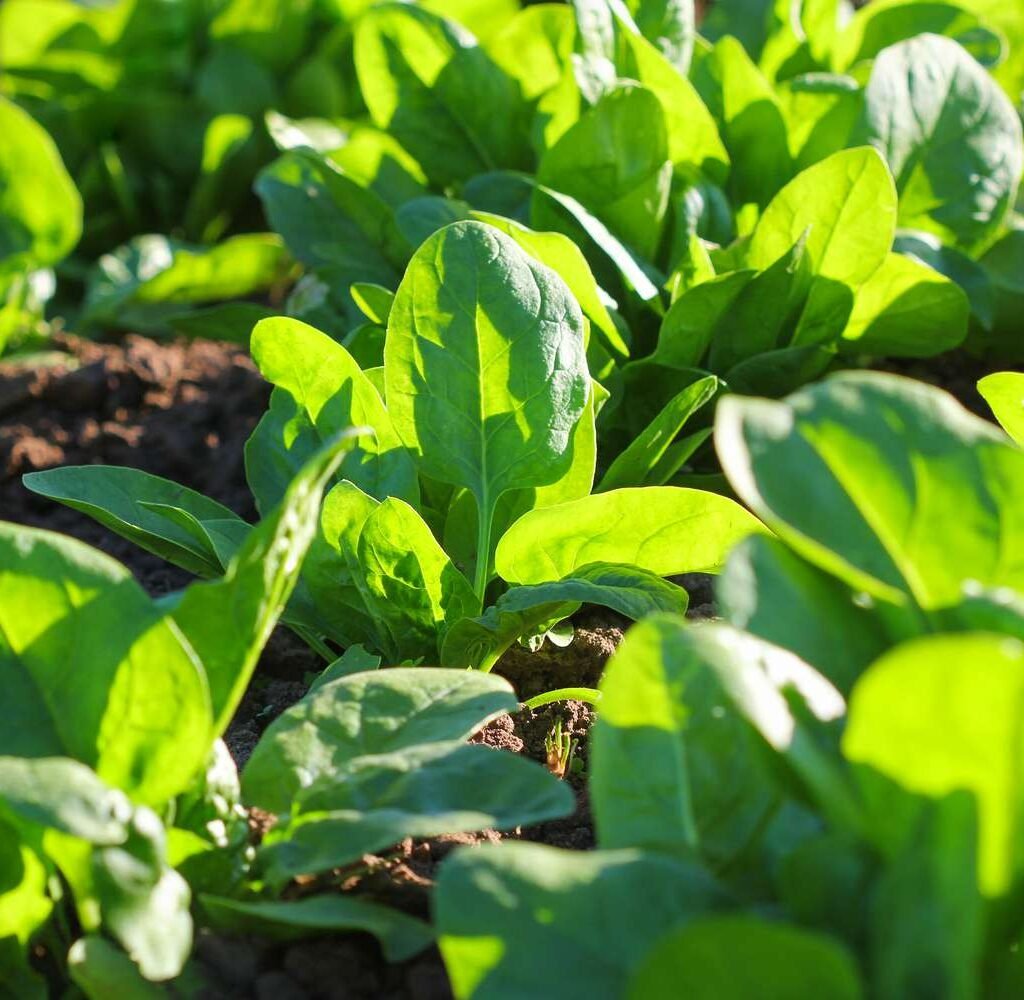Gardening isn’t only for warm, sunny days. Many crops are specially adapted to grow in cooler temperatures, making them ideal for fall, winter, and early spring planting. These cool-weather crops are often more flavorful after exposure to frost, and they can provide a steady harvest when other plants begin to slow down. Understanding which crops thrive in cooler conditions—and how to care for them—can help gardeners maximize their productivity year-round. This article explores five exceptional crops suited for cooler temperatures, complete with detailed planting tips, care instructions, and harvesting advice.
1. Kale (Brassica oleracea var. sabellica)

Kale is a highly nutritious leafy green, packed with vitamins A, C, and K, along with antioxidants and fiber. One of the best cool-weather crops, kale actually tastes sweeter after exposure to frost. Its cold tolerance allows it to survive temperatures as low as 20°F (-6°C), making it a perfect choice for fall and winter gardens.
Planting Tips:
- Soil: Kale prefers well-draining, fertile soil enriched with compost. The soil pH should be slightly acidic to neutral (6.0–7.0).
- Spacing: Sow seeds 1/2 inch deep and thin seedlings to 12–18 inches apart to allow room for leaf development.
- Sunlight: Full sun is ideal, though partial shade is tolerated, especially in warmer climates.
- Watering: Keep the soil consistently moist, but avoid waterlogging to prevent root rot.
Varieties for Cool Weather: ‘Winterbor’, ‘Dwarf Blue Curled’, and ‘Lacinato’ (Dinosaur Kale) are particularly hardy and well-suited for late-season planting.
2. Broccoli (Brassica oleracea var. italica)

Broccoli is a versatile vegetable that thrives in cooler temperatures. Like kale, it develops a sweeter flavor after frost exposure, and it is highly nutritious, containing vitamin C, fiber, and antioxidants. Fall-planted broccoli often produces larger heads and a longer harvest period than spring-planted crops.
Planting Tips:
- Soil: Broccoli prefers fertile, well-draining soil rich in organic matter. Add compost or aged manure before planting.
- Spacing: Transplant seedlings 18–24 inches apart in rows 24–36 inches apart.
- Sunlight: Full sun is essential for optimal head development.
- Watering: Keep the soil evenly moist; consistent watering ensures tender, compact heads.
Varieties for Cool Seasons: ‘Calabrese’, ‘Waltham 29’, and ‘Green Magic’ are excellent choices for fall or early winter planting.
3. Carrots (Daucus carota subsp. sativus)

Carrots are root vegetables that benefit greatly from cooler temperatures. When exposed to frost, the sugar content in carrots increases, producing sweeter, more flavorful roots. Cooler soil temperatures also reduce the risk of bolting (premature flowering) and pest infestations.
Planting Tips:
- Soil: Loose, sandy, well-draining soil is crucial for straight, uniform roots. Avoid heavy clay or rocky soil.
- Spacing: Sow seeds 1/4 inch deep in rows 12–18 inches apart; thin seedlings to 2–3 inches apart.
- Sunlight: Full sun is preferred, but partial shade is tolerated in warmer regions.
- Watering: Maintain consistent moisture to ensure smooth, tender roots. Mulching helps retain soil moisture and protect roots from frost.
Varieties for Cooler Seasons: ‘Danvers 126’, ‘Nantes’, and ‘Chantenay’ perform exceptionally well in cooler climates.
4. Spinach (Spinacia oleracea)

Spinach is a fast-growing leafy green that flourishes in cool weather. Its tender, nutrient-rich leaves are packed with vitamins and minerals, and it can be harvested multiple times with proper care. Spinach is frost-tolerant and can survive temperatures down to 20°F (-6°C), making it a reliable crop for fall and winter planting.
Planting Tips:
- Soil: Spinach prefers fertile, well-draining soil enriched with compost or organic matter.
- Spacing: Sow seeds 1/2 inch deep and thin seedlings to 3–4 inches apart.
- Sunlight: Full sun is ideal, but spinach tolerates partial shade.
- Watering: Keep soil consistently moist. Mulching reduces water evaporation and protects roots from cold.
Varieties for Cool Seasons: ‘Bloomsdale’, ‘Giant Winter’, and ‘Regal’ are hardy, fast-growing varieties suitable for late-season planting.
5. Lettuce (Lactuca sativa)

Lettuce is one of the most adaptable leafy greens and thrives in cooler temperatures. It grows quickly, allowing for frequent harvests, and frost-tolerant varieties can continue producing throughout fall and into early winter. Lettuce is highly versatile, perfect for fresh salads, sandwiches, and wraps.
Planting Tips:
- Soil: Use fertile, well-draining soil enriched with compost. Lettuce prefers slightly acidic to neutral soil (pH 6.0–7.0).
- Spacing: Sow seeds 1/4 inch deep; thin seedlings to 6–12 inches apart depending on the variety.
- Sunlight: Full sun is preferred, but partial shade helps prevent bolting in mild fall climates.
- Watering: Maintain consistent moisture; avoid letting soil dry out to prevent bitterness.
Varieties for Cool Weather: ‘Winter Density’, ‘Rouge d’Hiver’, and ‘Buttercrunch’ are excellent for late-season planting.
General Tips for Growing Cool-Weather Crops
- Timing: Planting time is critical. Aim to sow seeds or transplant seedlings 6–8 weeks before the first expected frost for optimal growth.
- Soil Preparation: Enrich soil with organic matter and ensure good drainage to support healthy root systems.
- Mulching: Apply a layer of mulch to protect roots from temperature fluctuations, conserve moisture, and suppress weeds.
- Frost Protection: Use row covers, cloches, or cold frames to extend the growing season and protect tender plants from frost damage.
- Succession Planting: Stagger sowing in intervals to ensure a continuous harvest throughout the fall and early winter.
- Pest Management: While cooler temperatures reduce many pests, watch for slugs, aphids, and fungal diseases. Organic remedies such as neem oil, diatomaceous earth, or companion planting can help control issues.
Benefits of Growing Cool-Weather Crops
- Enhanced Flavor: Many cool-weather crops develop sweeter, more concentrated flavors when exposed to frost.
- Nutritional Value: Crops like kale, spinach, and broccoli are packed with vitamins, minerals, and antioxidants.
- Extended Harvest: Cooler climates allow for gardening beyond the traditional summer season, providing fresh produce when other crops slow down.
- Pest Reduction: Many common summer pests become less active in cool weather, reducing the need for chemical interventions.
Conclusion
Growing crops in cooler temperatures opens up opportunities for a productive fall and winter garden. Kale, broccoli, carrots, spinach, and lettuce are ideal for these conditions, offering a combination of hardiness, flavor, and nutritional value. By selecting appropriate varieties, preparing soil properly, and providing consistent care, gardeners can enjoy fresh, homegrown vegetables long after the summer heat has faded.
Cool-weather gardening is not only practical but also highly rewarding. It allows gardeners to extend their growing season, experience the satisfaction of harvesting nutrient-rich produce, and create a beautiful, productive garden during months that might otherwise be considered dormant. With thoughtful planning and attention to detail, your fall and winter garden can thrive, providing fresh, delicious vegetables for months to come.

Leave A Comment